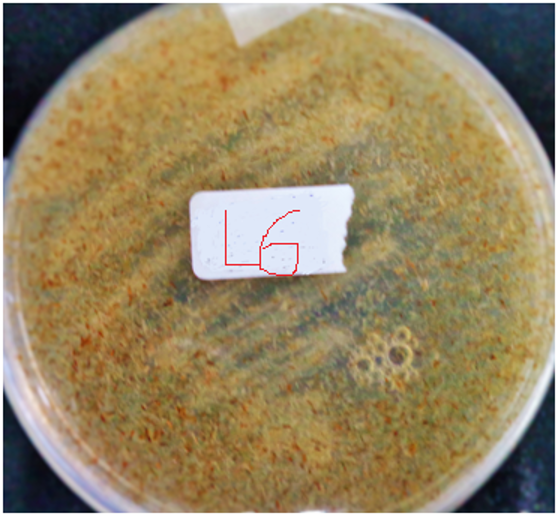 |
|
Heavy metals are toxic and detrimental water pollutants. The continuous discharge of cadmium (Cd) and lead (Pb) containing effluents from industries within and around residential areas is worrisome since they do not only affects human beings, but also beneficial microbes, animals andvegetation due to their mobility in aqueous ecosystem, toxicity and non-biodegradability. The aim of this study is to compare the ability of black and white feathers to adsorb Cd and Pbin two aqueous media and to isolate Cd and Pb tolerant feather-degrading bacteria that will degrade the Cd and Pb polluted feather generated. Black and white chicken feathers were used as bio-adsorbent material in two Cd and Pb containing aqueous solutions (distilled water (DW)and feather meal broth(FMB)). The sorption capacity of the feathers was obtained by atomic absorption spectrometry andgravitational methods. Cd and Pb tolerant bacterium identified Bacillus sp. was isolated from the manure of local chick and used to degrade Cd and Pb polluted feathers. Result shows that black feathers possessed higher uptake capacity of Cd and Pb in FMB and DW, suggesting the high bio-absorption capacity of feathers in FMB that than in DW. A Cd and Pb resistant feather-degrading bacteria isolated from chicken manure were able to degrade about 40% Cd polluted feathers and 30% Pb polluted white feathers in 7 days. Even though the bacterium grew faster in FMB containing Cd polluted feathers, the degradation of Cd polluted white feathers was faster than black. Hydrolysates produced after complete degradation of polluted feathers contained low concentration of heavy metals. Bioremediation of heavy metals and recalcitrant chicken feather wastes can be achieved by melanised and un-melanised feathers and metal resistant feather-degrading bacteria.
Keywords: Feathers, melanised, cadmium, lead, heavy metals, bioremediation, biodegradation.
|
|
 |

